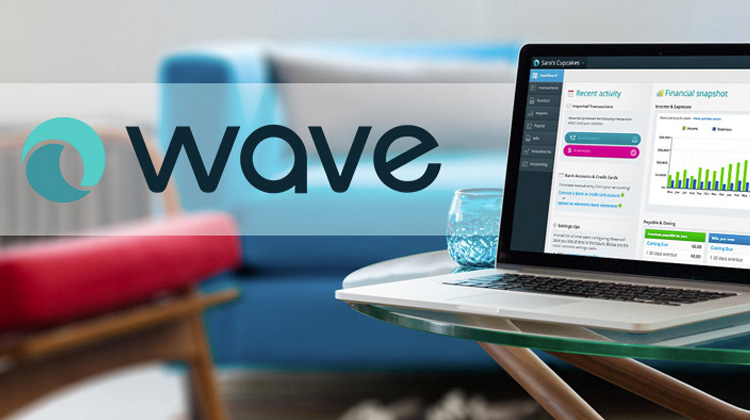The Customer Effect
Inside Wave’s bundled revenue model
- Banks are playing at unbundling and rebundling.
- Fintechs like Wave are getting creative by bundling products all on their own.








